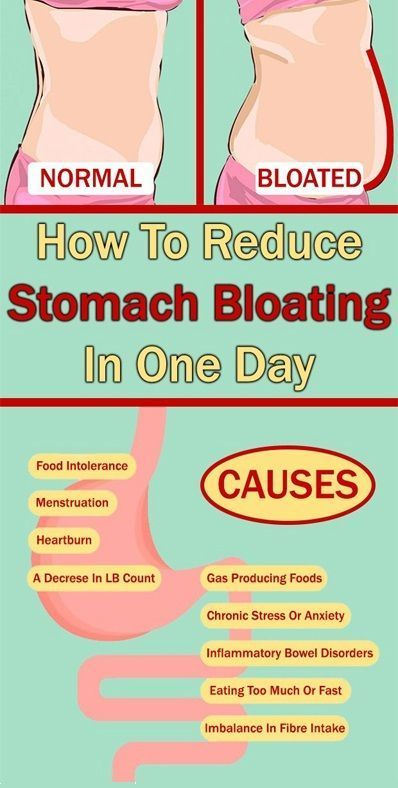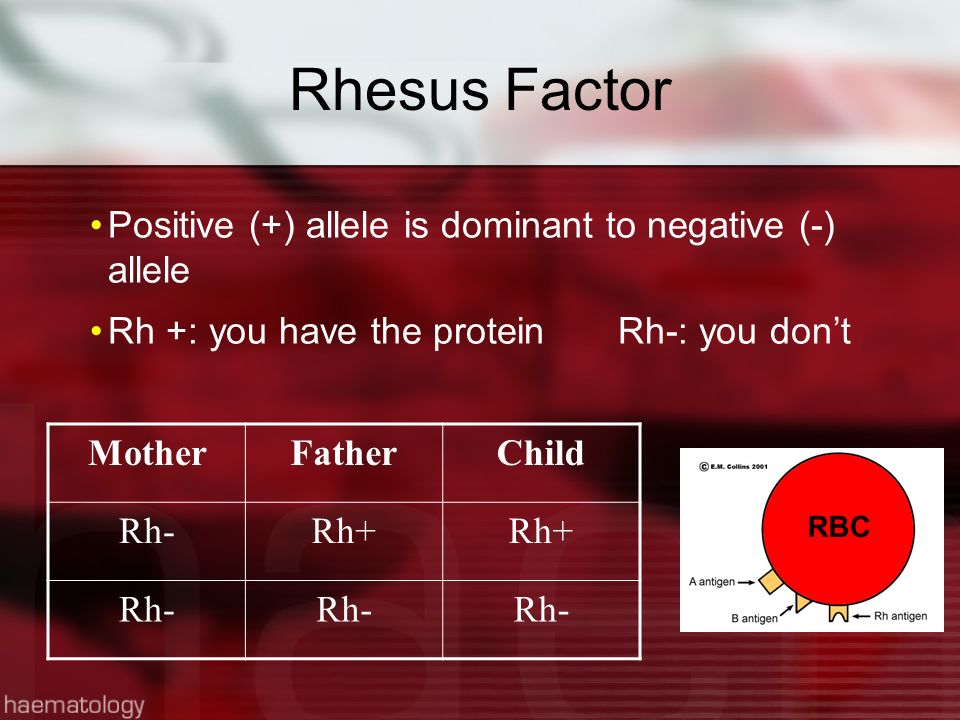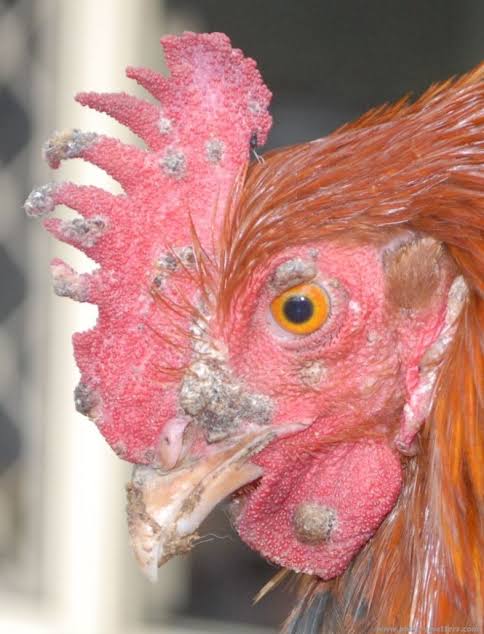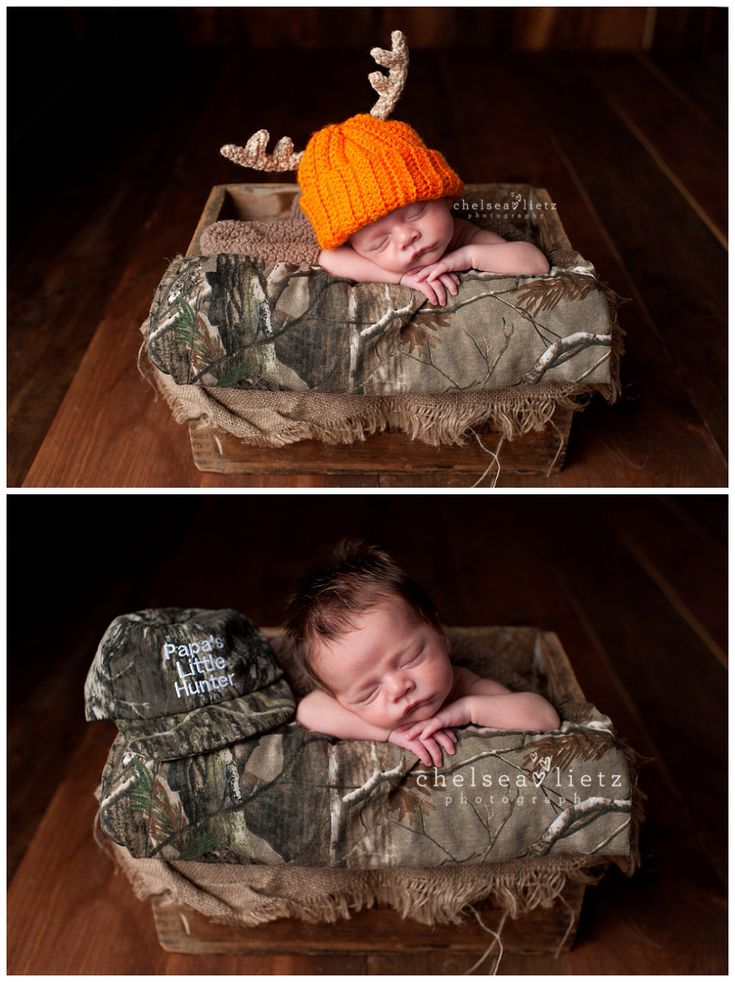My baby has eye boogers
Is it normal and how to treat it?
Eye discharge is common in newborns and typically occurs due to a blocked tear duct. However, parents and caregivers can often treat this at home.
Eye discharge is typically harmless and self-resolving. However, discharge that occurs alongside other symptoms in the eye area, such as swelling or tenderness, could indicate an infection or another eye problem. A parent or caregiver of a newborn with these symptoms will need to consult a doctor.
This article discusses how common eye discharge is and explains how to treat it at home. We also cover medical treatment, other causes, complications, and when to contact a doctor.
Eye discharge in newborns is common and rarely a cause for concern. A common cause of eye discharge is a blocked tear duct.
According to the American Academy of Ophthalmology, almost 20% of newborns have a blocked tear duct. This condition can occur because the end of the tear duct does not open properly when the baby is born.
Tears form in the lacrimal gland, which sits just above the eye. Tear fluid helps clean and lubricate the surface of the eye. When a person blinks, the eyelids sweep the tear fluid into these ducts, which drain it into the nose.
If something blocks a tear duct, fluid may no longer be able to drain away from the eye’s surface. Blockages can cause very watery eyes, and sticky discharge may form in the corners.
Learn more about blocked tear ducts.
Blocked tear ducts are a common cause of eye discharge in infants. However, other conditions and factors can also cause discharge.
Conjunctivitis
Eye discharge in newborns can also be a sign of conjunctivitis or pinkeye. Conjunctivitis is an inflammation of the conjunctiva, a thin membrane that protects the front of the eye. Unlike a blocked tear duct, conjunctivitis often causes the white part of the eye to appear red.
Symptoms of conjunctivitis in newborns can include:
- drainage or discharge that develops between 5 and 12 days after birth
- puffy or tender eyelids, often with skin discoloration
- red, irritated eyes
Conjunctivitis in newborns can sometimes occur alongside a blocked tear duct.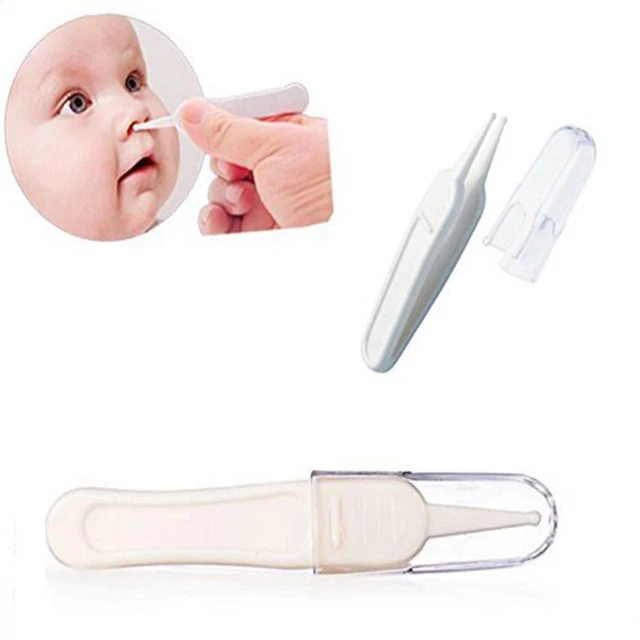 However, a pregnant person can also pass on a bacterial or viral infection to their baby when giving birth, leading to conjunctivitis.
However, a pregnant person can also pass on a bacterial or viral infection to their baby when giving birth, leading to conjunctivitis.
Learn more about the symptoms of eye infections.
Chemical irritation
Chemical irritation can also cause conjunctivitis in newborns. Healthcare professionals often give antibacterial eye drops to newborns to prevent infections. These eye drops can sometimes cause irritation that can result in conjunctivitis symptoms.
Learn more about eye irritation.
If the eye discharge is due to a blocked tear duct, it will usually resolve without treatment within 4–6 months.
However, wind, cold weather, and strong sunlight can also worsen symptoms, so a parent or caregiver should aim to protect a newborn’s eyes from these elements.
Clearing discharge
A parent or caregiver can often treat a newborn with a blocked tear duct at home. Before touching the area close to the child’s eyes, it is essential to wash the hands with soap and warm water to prevent infections.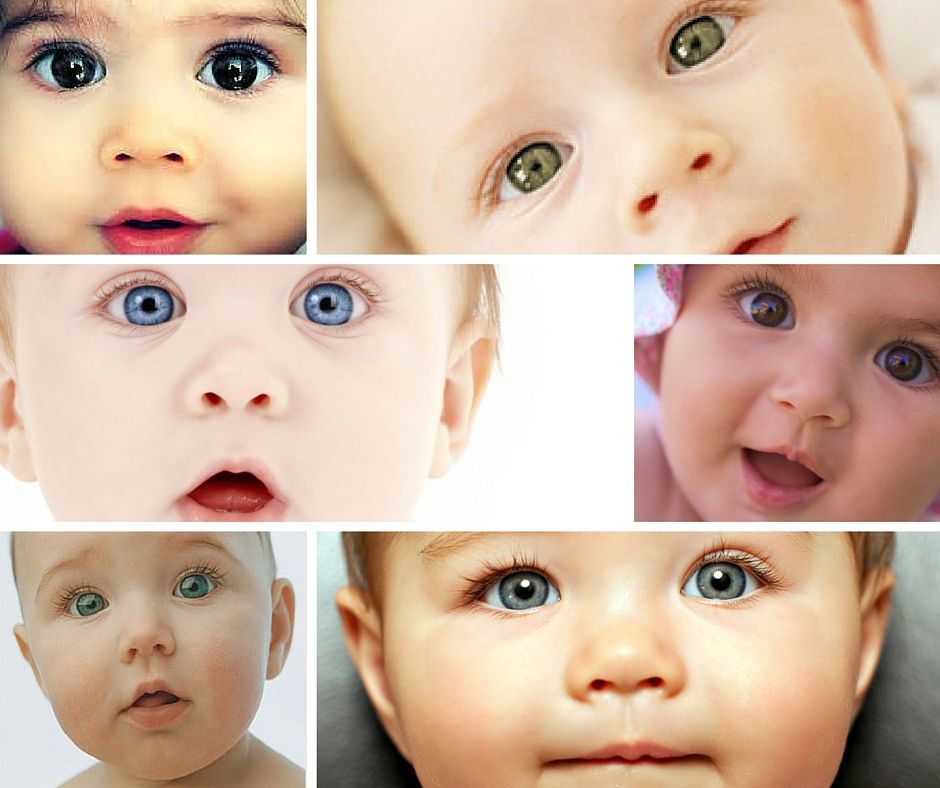 A person should also take care to rinse the hands thoroughly after cleaning them to avoid getting soap in the baby’s eye.
A person should also take care to rinse the hands thoroughly after cleaning them to avoid getting soap in the baby’s eye.
To clear away discharge, dip a clean piece of gauze or soft cloth in some lukewarm water, then gently wipe the corner of the eye. If a blocked tear duct affects both eyes, always use a new area of the cloth or gauze to clean the other eye.
Tearduct massage
A doctor may also recommend gently massaging the blocked tear duct to help it open, and they will demonstrate how to do this safely.
To massage the tear duct:
- Lightly press the tip of the index finger against the inside bridge of the newborn’s nose, on the side of the blocked tear duct.
- Make 2 or 3 short downward strokes with the finger along the side of the nose. These should be gentle but firm.
- Perform the massage twice a day — once in the morning and once in the evening.
If the side of the newborn’s nose becomes red or swollen, stop the massage immediately and contact a doctor.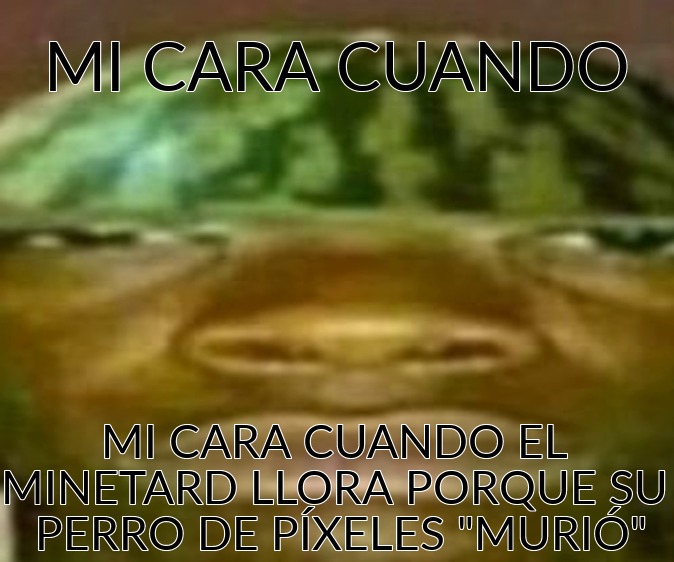
In newborns, blocked tear ducts tend to open up within several months of birth. However, medical intervention may be necessary in some cases.
Surgery
If the blockage has not gone away by the baby is 1 year of age, a doctor may recommend a medical treatment called a nasolacrimal duct probing.
This procedure involves inserting a small probe into the infant’s tear duct. By using probes that gradually increase in size, a doctor will be able to open up the tear duct. They will then use a saline solution to flush out any remaining debris.
Sometimes, the doctor may also insert a small tube, or stent, into the duct to keep it open.
Probing is usually successful in opening the tear duct. For children with a severe blockage, a doctor may recommend a more complicated surgical procedure called a dacryocystorhinostomy to clear out and open the tear duct.
Antibiotics
If an infection is causing eye discharge, the newborn will need prompt medical attention.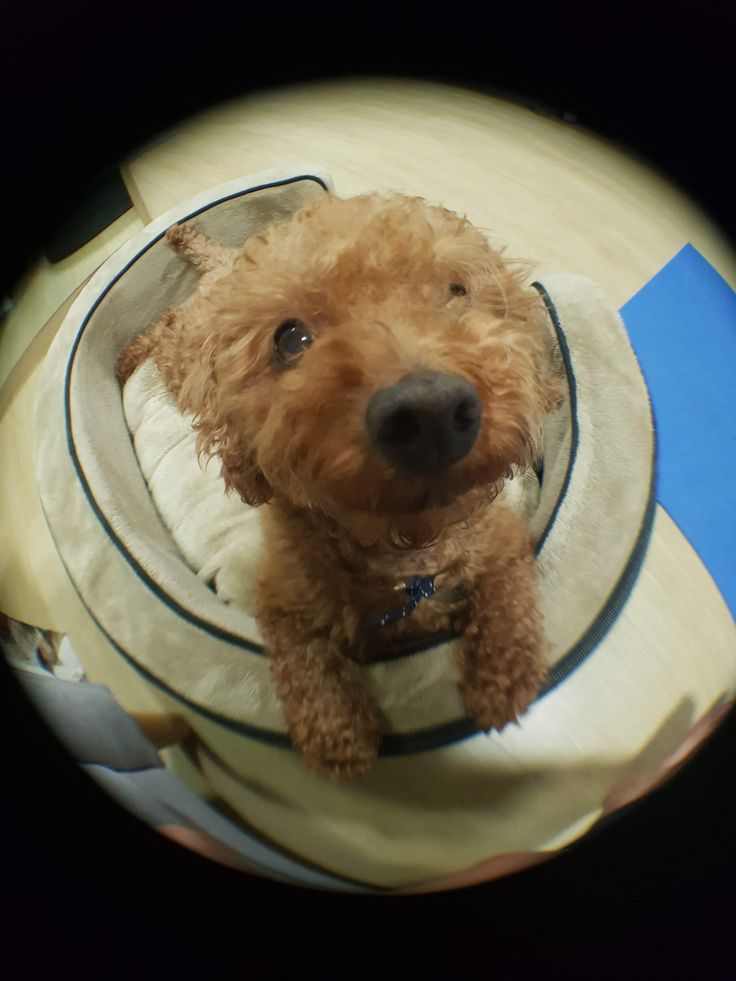 To treat cases of infectious discharge, a doctor may prescribe topical, oral, or intravenous antibiotics.
To treat cases of infectious discharge, a doctor may prescribe topical, oral, or intravenous antibiotics.
Blocked tear ducts can sometimes lead to an infection called dacryocystitis. Symptoms of this condition may include:
- excessive thick discharge from the eye
- redness in the corner of the eye
- a tender bump or swelling at the side of the nose
- fever
If a newborn has any of these symptoms, a parent or caregiver should consult a doctor.
Newborns with eye discharge or very watery eyes should speak with a pediatrician or an eye doctor specializing in children, called a pediatric ophthalmologist. These healthcare professionals can diagnose the cause of the discharge and check for signs of infection.
Parents or caregivers should seek medical attention if an infant’s eye discharge persists for more than 6 months.
Newborns with signs of an eye infection require immediate medical attention. Signs of an eye infection can include:
- sore or puffy eyes
- swollen eyelids
- yellow or green pus or discharge
- a bump or swelling on the inside corner of the eye
If a parent or caregiver notices any of these symptoms, they should contact a doctor immediately.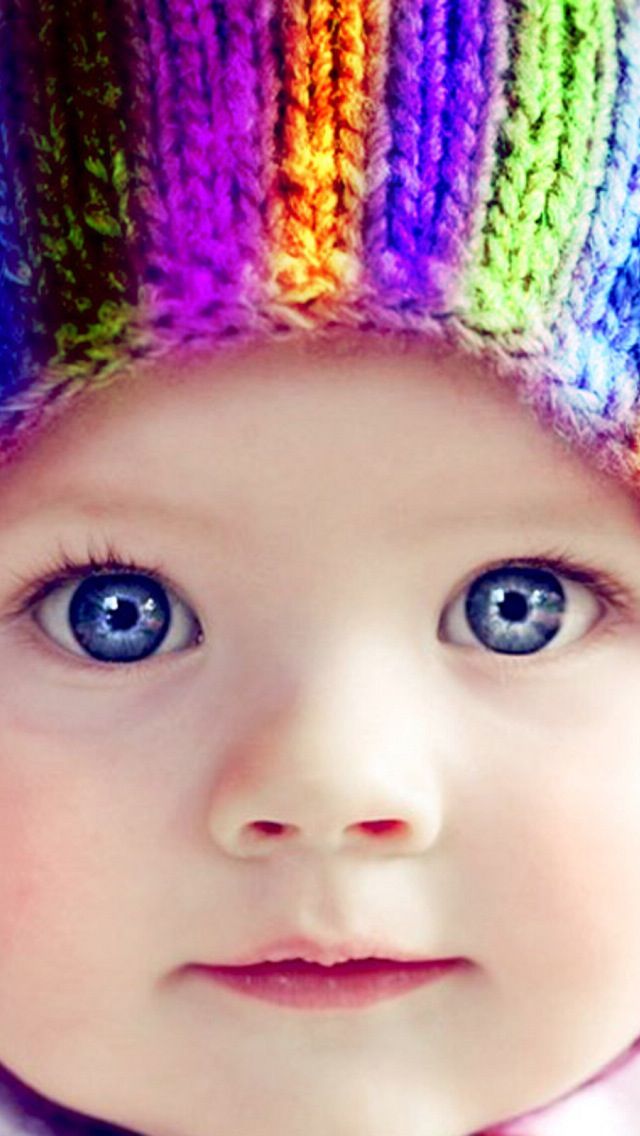
Eye discharge in newborns is common and often results from a blocked tear duct. The blockage will usually clear up by itself within 4 to 6 months.
However, newborns with eye redness, eye discharge, or excessive watering of the eyes should speak with a doctor to diagnose the cause and rule out an eye infection.
Parents and caregivers can treat a baby with a blocked tear duct at home by wiping away any discharge and gently massaging the area twice a day. A doctor can demonstrate how to do this.
Discoloration, swelling, or soreness in the eye can indicate an eye infection. Speak with a doctor immediately if an infant has these signs.
Green Eye Discharge in Kids (eye boogers): Symptoms, Causes & Treatments.
Written by Paul Frysh
In this Article
- Symptoms
- Causes of Eye Discharge
- Eye Discharge Diagnosis
- Treatment of Eye Discharge
People often call it eye gunk. Kids call it “eye boogers.” You may notice a cream-colored goop in the corners of your child’s eyes on some mornings when they wake up.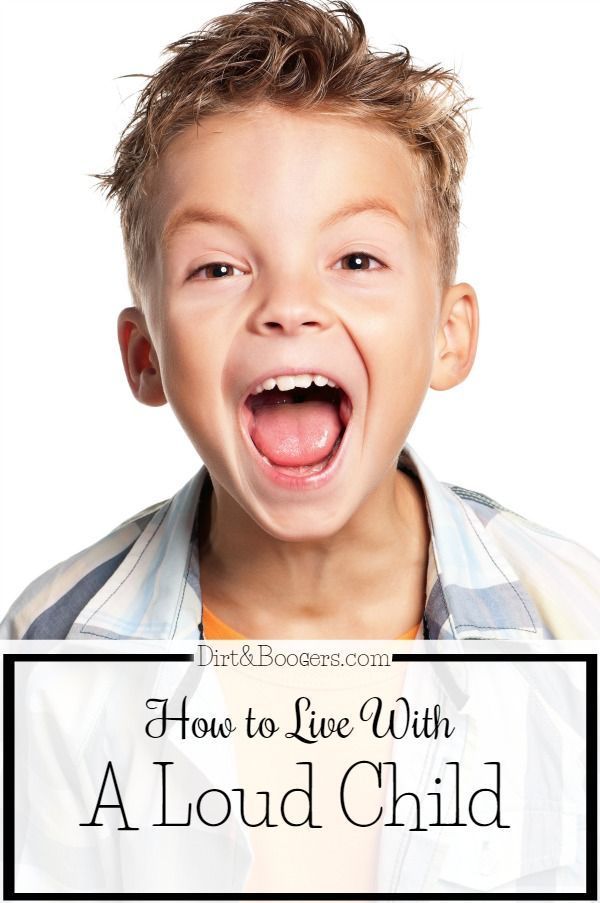 Our eyes make oil and other fluids all the time that help flush out dirt, or debris, or lost eyelashes. Because you don’t blink when you sleep, this fluid can build up and form a crusty goop.
Our eyes make oil and other fluids all the time that help flush out dirt, or debris, or lost eyelashes. Because you don’t blink when you sleep, this fluid can build up and form a crusty goop.
Most of the time, this is perfectly normal for kids. But if you suddenly notice more of it than usual or if it changes color, it could be a sign of infection.
Symptoms
Some amount of cream-colored discharge from your child’s eyes is normal, especially right as they wake up. But if there is suddenly more than usual or the color changes to greenish yellow, there may be another problem that requires help from a doctor. You also might notice:
- Eyelashes stuck together after sleep
- Red or pinkish color in the whites of the eye
- Puffy eyelids
- Your child is more sensitive to light
- Eye rubbing due to itchiness or burning
- Tenderness around the eyes
Call your doctor right away if your child looks sick or has:
- Serious pain in the eye
- Fever over 104 F
- Any fever in a child less than 12 weeks old
- Very red or swollen eyelids
- Blurred vision
Causes of Eye Discharge
There are a number of things that can cause more discharge than usual from your child’s eye:
- Pinkeye (conjunctivitis): This highly contagious infection is common among toddlers and kids.
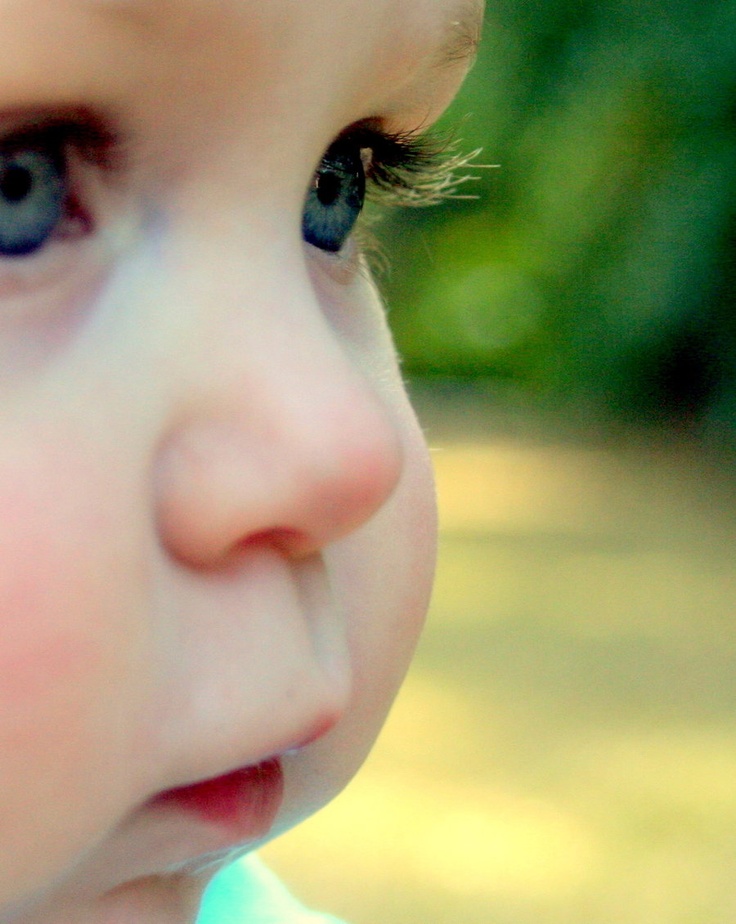 The eyes get red and swollen and could make enough pus to stick them together during sleep. Bacteria usually cause pinkeye with discharge, but in some cases, a virus can do it too.
The eyes get red and swollen and could make enough pus to stick them together during sleep. Bacteria usually cause pinkeye with discharge, but in some cases, a virus can do it too. - Tear duct blockage: About 1 in 10 newborns have it. You might notice a constant watering eye that sends tears down your baby’s face even when they don’t cry. The eye doesn’t get red or swollen at first, but the extra wetness can lead to an infection that causes pus to crust the eye.
- Something in the eye: If something like sand or dust is caught behind the eyelids, the eye makes pus in response. If you suspect an infection and antibiotic eyedrops don’t help, then some particles like this could be the cause of the discharge. An older child might tell you that they feel something in their eye.
- Dry eye: Mucus, oils, water, and proteins help make up your tears. You get dry eye when these get out of balance. In response, the body will make “emergency tears” that often have too much mucus. This can lead to crusty eyes.
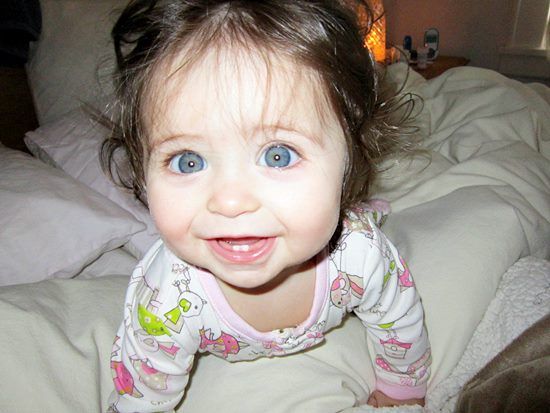
- Corneal ulcers (keratitis): Very dry eyes, an injury, or an infection could lead to small sores, or ulcers, on the cornea, the clear lens that covers the front of your eye. These ulcers can produce pus and crustiness.
Eye Discharge Diagnosis
Your doctor will ask questions about your child’s medical history and symptoms and will examine your child’s eyes closely. In some cases they might take a small sample of fluid, pus, or other material from the eye to test for bacteria.
Treatment of Eye Discharge
Whatever the cause of the discharge, it’s best to take some care in the way you deal with encrusted eyes. Use a clean, warm washcloth to soften and gently wipe away pus or eye boogers. And wash your hands afterward so you don’t spread infection.
Some discharge is normal and shouldn’t need more treatment. Even mild infections like viral pinkeye often clear up on their own without medication.
Treatments mostly depend on the cause of the discharge and how serious your child’s symptoms are. Options might include:
Options might include:
- Flushing dirt or objects from the eye with water or saline solution
- Antibiotics to kill bacteria that cause infection, either as drops for the eye or to take by mouth
- Steroid drops to lessen inflammation and ulcers
- Surgery to remove a foreign object or fix an injury
My baby eats boogers! What to do?
© Collage by Christina Savelieva
Not everything is so simple
It is not customary to talk about this. It is indecent to ask and not very pleasant to think about. But this happens regardless of our desire - sometimes children eat their boogers, and this is as natural a phenomenon as the change of seasons. Let's talk about how to deal with it.
At first glance, this very annoying and disgusting-looking habit has no valid justification, but scientists say that there is a hidden meaning in eating boogers.
If we talk about why exactly children do this, then here the reason may lie in taste (it varies from sweet to sweet-salty) and in habit - some children simply do not notice how the contents of their nose move into their mouth.
But back to scientists: they note that eating boogers is not just an unaesthetic way to eat or a bad habit - it can even be considered useful in part.
According to research, the contents of our nose are dried mucus our bodies produce to protect us from viruses, dust, pollen, and other contaminants. When children take boogers out of their nostrils and put them straight into their mouths, they ingest small amounts of those pathogens that linger in their noses.
In fact, eating boogers is a kind of "vaccination" that helps to train the child's immune system and acquaint his body with microbes and bacteria in preventive doses.
In addition to being a rather unpleasant and unappetizing process in general, eating dried nasal mucus has several significant disadvantages.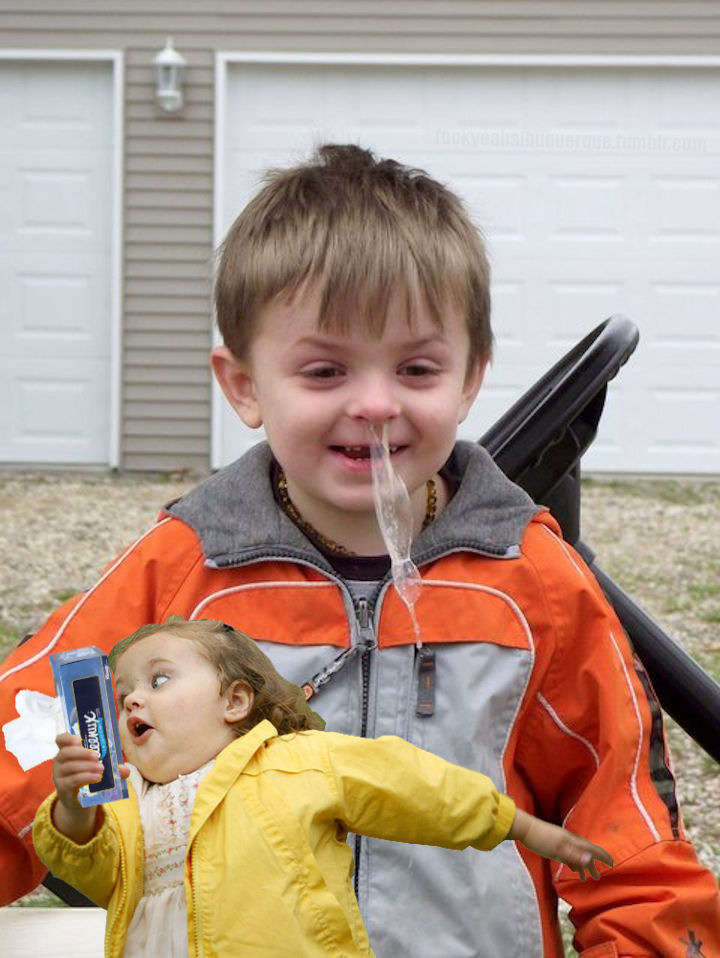 The first is directly related to its plus - children often pick their noses with dirty hands (and then put these hands in their mouths).
The first is directly related to its plus - children often pick their noses with dirty hands (and then put these hands in their mouths).
On the one hand, another workout for immunity, on the other, an extra risk of eating something wrong and catching an intestinal disorder or something else unpleasant.
The second disadvantage is related to the fact that children who regularly eat boogers regularly pick their nose, thereby increasing the risk of mucosal trauma. Because of this, they may experience bleeding (and if dirt gets into the open wound, then everything can and will end up with inflammation).
We perfectly understand if this habit (despite the fact that it can even be called good for the child's immunity) infuriates and upsets you. If you decide to wean a child to eat the contents of his own nose, then prohibitions and punishments will not help here.
First, determine the reason why dry boogers form in the child's nose.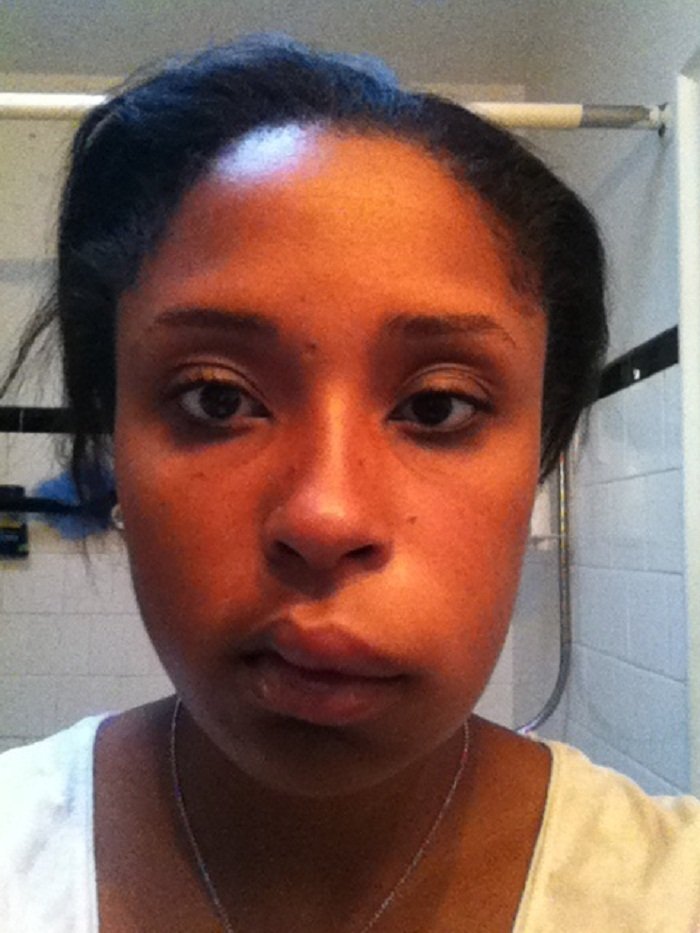 Often this occurs due to a runny nose or allergies - in this case, taking antihistamines (they should be prescribed by a doctor) or nasal drops (with sea water or saline) will help get rid of dried mucus in the nose.
Often this occurs due to a runny nose or allergies - in this case, taking antihistamines (they should be prescribed by a doctor) or nasal drops (with sea water or saline) will help get rid of dried mucus in the nose.
Do not ignore the importance of the microclimate in the room in which the child is located - if he breathes dry air, then he will have more boogers. A home humidifier will help get rid of them.
Another way to help keep the number of boogers to a minimum is to teach (and teach!) a child to blow his nose in a timely manner and make sure that he always has handkerchiefs available - paper or fabric.
If picking your nose followed by eating boogers is already a habit, try redirecting your child's attention every time you notice that his hand is reaching for his nose. For example, if a child is used to "reinforcing himself" with boogers when he is concentrating on something, offer him to occupy his hands with something else, for example, a toy that is pleasant to the touch or an expander.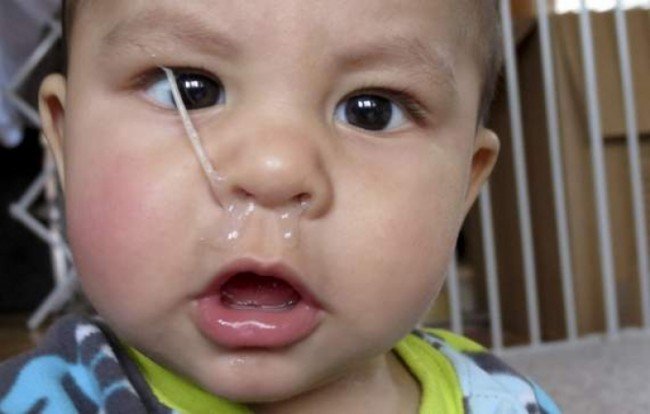
Eating boogers is unhygienic and unaesthetic, but there is nothing wrong with that - rather, on the contrary - indulging in this activity, children actually strengthen their immunity and get acquainted with new bacteria. If your child occasionally tastes the contents of his own nose, do not worry.
If a child picks his nose and eats boogers often, obsessively, which results in mucosal injuries, it is probably time to wean him and switch to more harmless habits.
Read more on the topic
CHIPS JOURNAL in VK
Follow us on all social networks!
- life hacks
- upbringing
- 6-10 years old
- 3-6 years old
What to do if a child eats "boats"
You are here
Home » News » What to do if a child eats "boats"
Back to topWhat to do if the child eats "bugs"
Informational and methodological material on the topic: "What to do if a child eats" goats "".
With complaints that the child eats boogers from the nose, mothers often turn to pediatricians, but official medicine is not ready to offer worried parents any universal cure for this problem, because its exact causes are still unclear. There can be many reasons for such actions.
Causes
The issue of eating goats by children and some adults was puzzled by science in all seriousness. An immune version was even proposed, they say, this increases immunity, because dried nasal mucus (and these are the very “bugs”) contains a large number of leukocytes and other cells of the immune system. But the version of criticism did not stand up, since it is not possible to conduct a clinical trial: it is difficult to imagine an experiment in which a group of children under the control of immunologists will eat “goats”.
Psychologists suggest that children do this solely because of the intuitive need to know the world, and up to 3 years they do it, including “by the tooth”.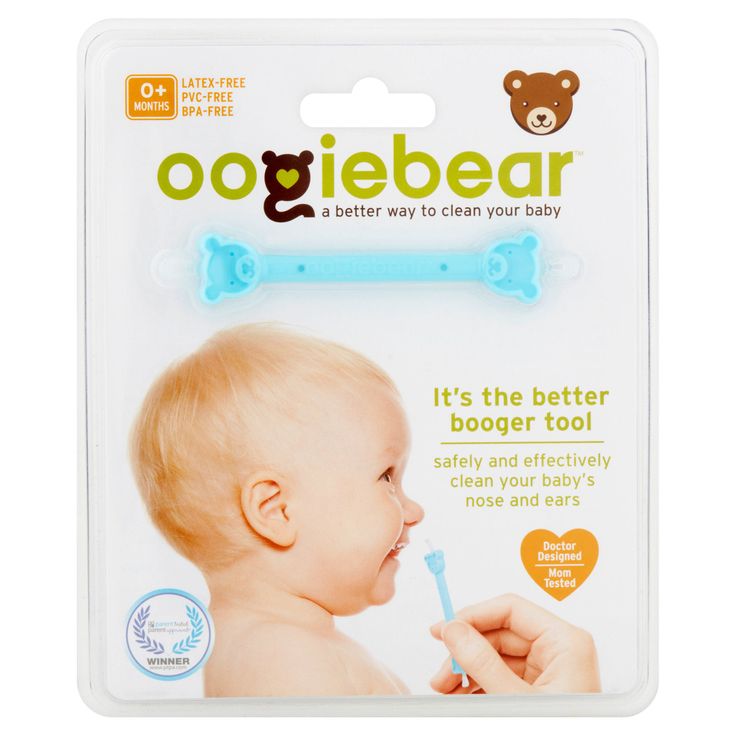
Picking out goats is a painstaking process, and preschool children often pass the time of forced waiting in this way, for example, when they are in line with their mother, and they also do it purely automatically while watching an interesting cartoon.
Nose picking can be a natural desire to clear the nasal passages if something is blocking breathing. At the same time, the child also does a lot reflexively. But what to do with what he will inevitably get out of his nose? The easiest way is to put it in the mouth, and children don't like to bother themselves, often choosing the simplest solution to a given problem.
Clinical psychologists say that stubborn and constant picking in the nose and eating "buggers" can be a sign of a strong internal nervous tension in the baby. For the same reason, children begin to bite their nails during a period of excitement.
In medicine, this phenomenon has its own name - rhinotillexomania.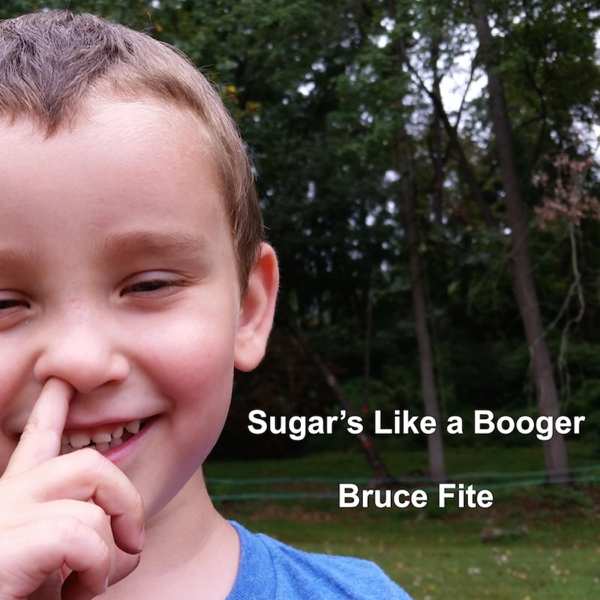 A slight temporary passion of a child for picking his nose should not cause concern, but persistent and constant picking with eating the contents of the nasal passages is regarded as a manifestation of attention deficit hyperactivity disorder. Sometimes the cause lies in more serious mental disorders. But most doctors tend to conclude that rhinotillexomania is just a bad habit.
A slight temporary passion of a child for picking his nose should not cause concern, but persistent and constant picking with eating the contents of the nasal passages is regarded as a manifestation of attention deficit hyperactivity disorder. Sometimes the cause lies in more serious mental disorders. But most doctors tend to conclude that rhinotillexomania is just a bad habit.
Is it dangerous?
Nasal mucus performs an important function - it moisturizes the nasal passages, helps fight viruses and bacteria that enter the nose (the appearance of snot during the period of SARS or during a cold is associated with the protective function). Nasal mucus is the same natural environment of our body as saliva, and from this point of view there is nothing dangerous in the fact that a child eats boogers from the nose.
It is not the goats themselves that are dangerous, but the way they are extracted.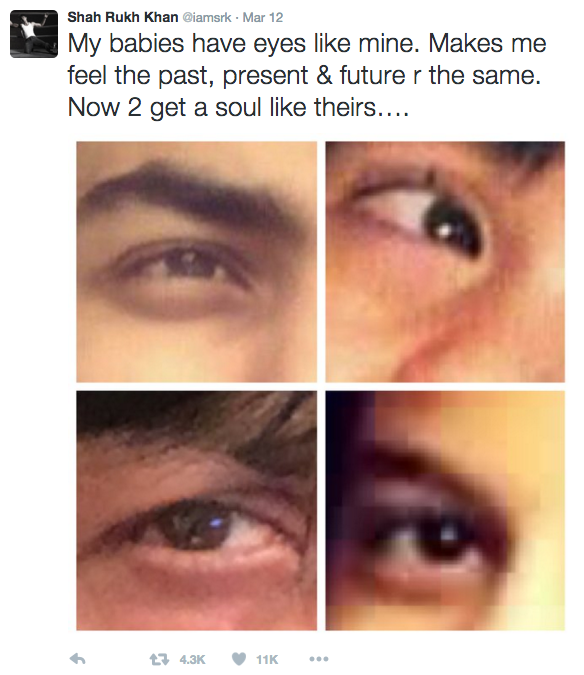 Nails can be sharp, which injures the mucous membranes of the nasal passages and can cause nosebleeds. In medicine, cases are described when especially zealous "pickers" broke their nasal septum and damaged the sinus. The child's fingers are not sterile. In the same way, sometimes eggs of worms and other parasites spread.
Nails can be sharp, which injures the mucous membranes of the nasal passages and can cause nosebleeds. In medicine, cases are described when especially zealous "pickers" broke their nasal septum and damaged the sinus. The child's fingers are not sterile. In the same way, sometimes eggs of worms and other parasites spread.
How to get rid of a bad habit?
Most children “outgrow” a bad habit, and gradually, by the age of 5-6, they begin to understand themselves that “goats” are ordinary waste, like urine, feces, and therefore there is definitely no need to eat them. But if the child is already 6-7 years old, and he continues to stubbornly pick his nose, then you can’t do without the help of a psychologist. It is better for to explain to baby from the very beginning that there is nothing good in such an ugly habit. If everything has already happened and the child stubbornly eats "goats", a more subtle approach will be required.
Psychologist's advice for parents of babies who are under 3 years old boils down to the fact that it is almost useless to explain the harm of picking your nose. A small child is unable to understand reasonable arguments about the potential harm of rhinotillexomania. Punishing a child also makes no sense, because he will not understand why he was punished, what he did wrong.
Proper parental actions consist in the development of fine motor skills - buy plasticine for a child, teach him to sculpt, present him with finger paints, start assembling beads together. The more often a child is engaged in “small” manual labor, the less he needs to pick his nose.
At the age of 4, a toddler can understand your explanations if they are formulated in a language that is understandable to the baby and backed up with easy-to-understand examples. You can talk about the invisible bacteria that live on your fingers. The rest is up to the child's imagination.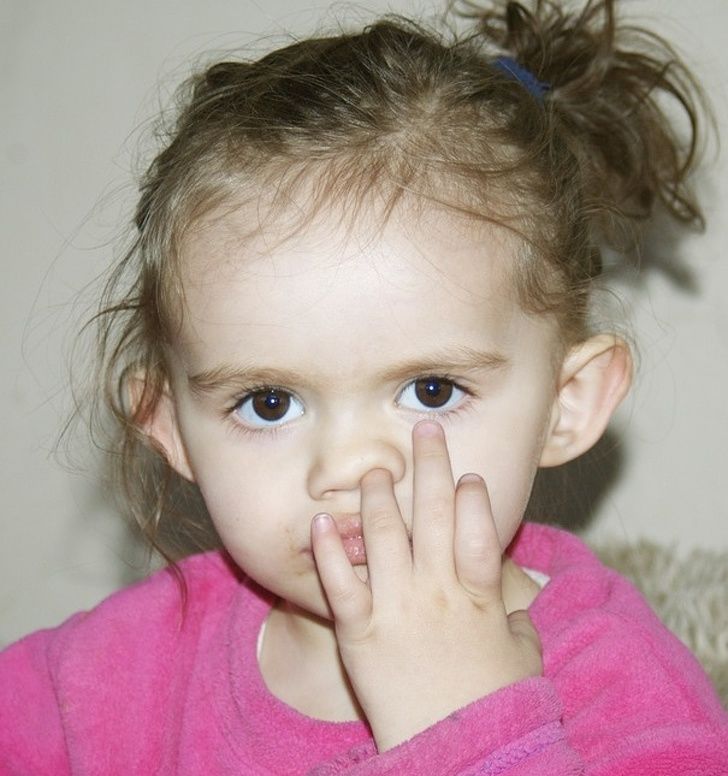
Babies from the age of 4 understand that going to the toilet should be alone, not in public. You can draw such a parallel, because the release of the nose from dried snot is also a rather intimate matter, and you should not do this in front of people. Tell that a person who picks his nose looks funny, and this habit can make a child a laughingstock in front of friends in the garden, in the yard.
If a child stubbornly continues to eat the contents of the nose, psychologists advise instilling in him a healthy sense of disgust - take the “goat” out of your own nose and offer your child to treat themselves. Naturally, this will cause bewilderment and rejection in the baby.
It's not worth hitting hands, it's enough to show how unpleasant it is when the kid put his fingers in the nose again. It would be a good time to offer a handkerchief as an alternative for the disposal of what he gets out of there.
Prohibited actions
The most wrong and unpleasant thing that parents can do (and, most importantly, completely useless!) is to start hitting the child on the lips or on the hands. Remember that the baby often does this reflexively, and therefore physical punishment will cause bewilderment, stress and resentment. He will begin to hide from you in order to calmly pick his nose so that no one pulls him up.
Remember that the baby often does this reflexively, and therefore physical punishment will cause bewilderment, stress and resentment. He will begin to hide from you in order to calmly pick his nose so that no one pulls him up.
Screaming and swearing is a verbal-emotional variation of hand beatings. Also, do not prohibit the eating of "goats" in a categorical form. The more forbidden the fruit for the baby, the sweeter it is.
Psychologists are sure that does not solve problems and the constant exhortation of a child with a negative particle “not”: “do not eat”, “do not pick” . Children simply do not perceive this particle.
Prevention
Children's health experts emphasize that children who don't have goats don't eat them. This is what parents should strive for. The best way to prevent the formation of dry snot in the nose is to humidify the air. If a child breathes air with a humidity of 50-70%, he usually does not develop goats.



